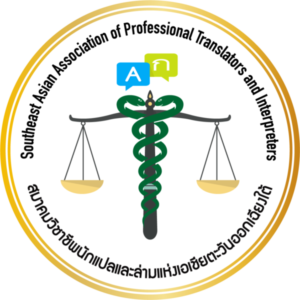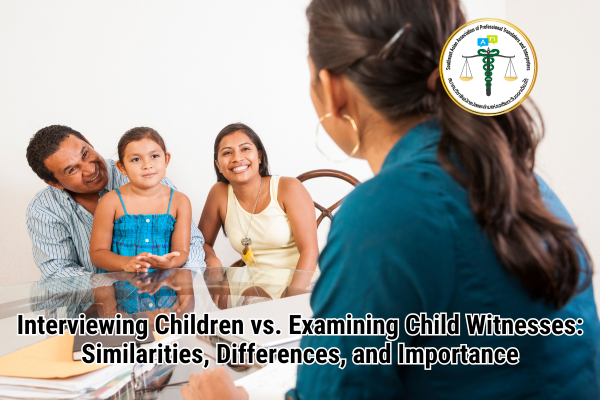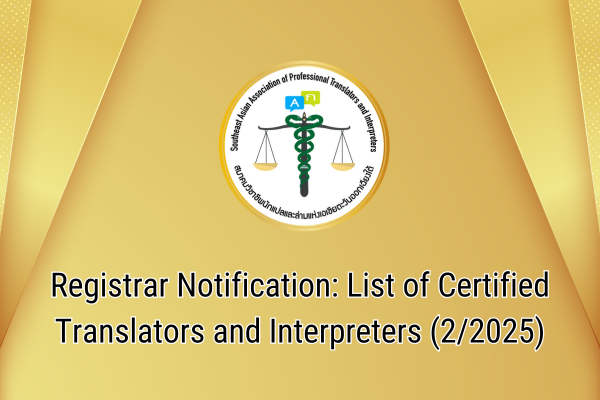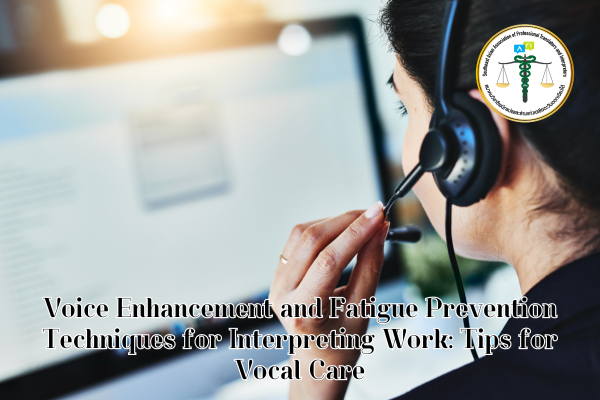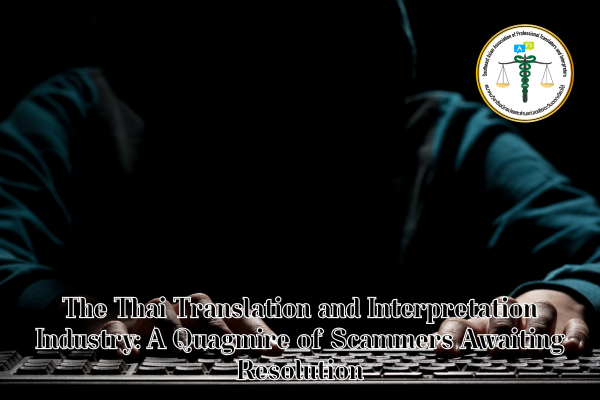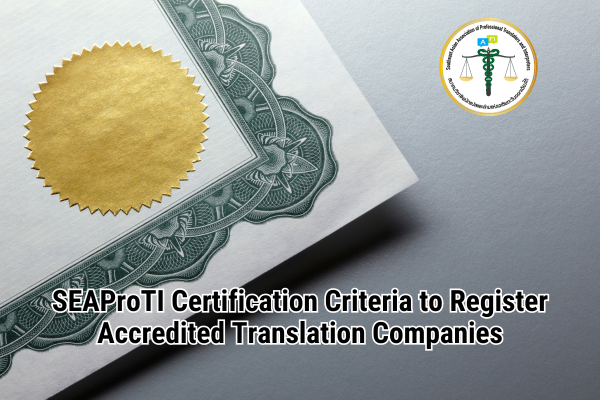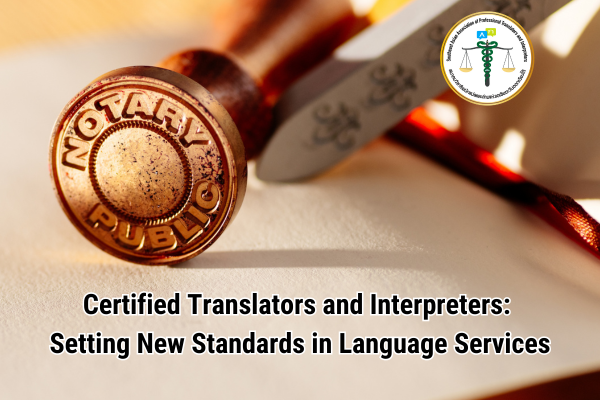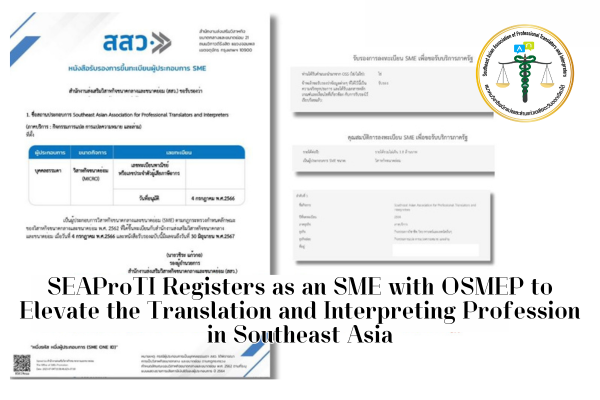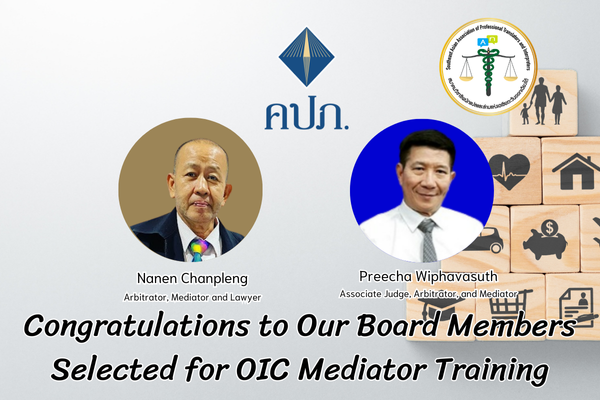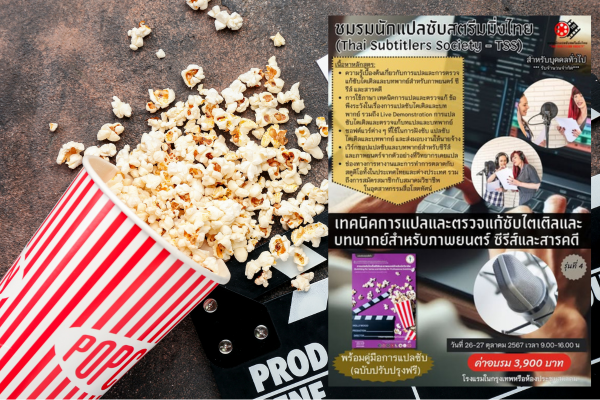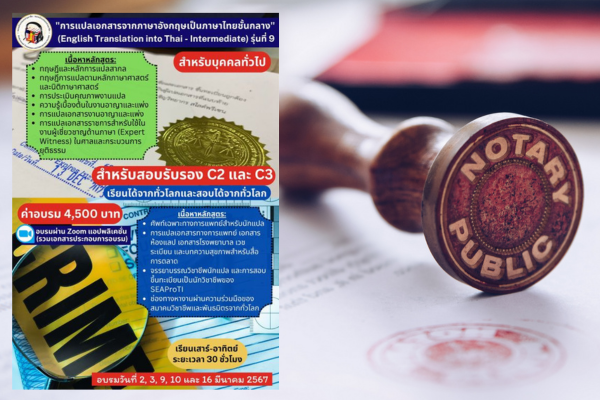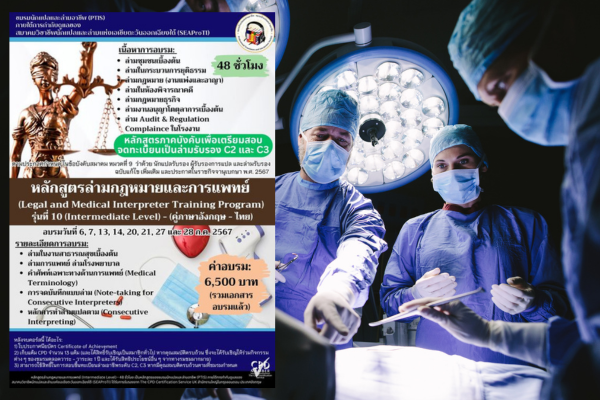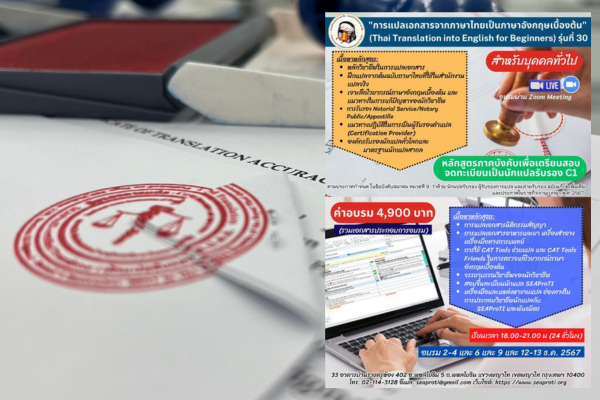Interviewing Children vs. Examining Child Witnesses:
Similarities, Differences, and Importance
Many people may believe that speaking to or questioning children involved in various cases is simple and similar, but in reality, the processes known as “child interviewing” and “examining child witnesses” significantly differ in procedures, objectives, and outcomes. This article will help clarify these distinctions with understandable examples and highlight why these processes are essential.
What is Child Interviewing?
“Child interviewing” refers to the initial process of gathering information from children involved in incidents such as child rights violations, domestic violence, or criminal activities. This process is usually conducted by police officers, psychologists, social workers, or specially trained personnel. Its primary objective is to allow children to share their stories safely and comfortably, avoiding stress or anxiety.
For example, a seven-year-old girl, named Anna (pseudonym), is interviewed by a psychologist in a specially designed, relaxing room, allowing her to comfortably describe an incident where she was assaulted. Information gathered during this interview helps determine how best to support the child and proceed with further actions.
How is Examining a Child Witness Different?
The examination of a child witness is a formal legal process conducted in court or another location approved by the court. Testimonies provided by children are formally recorded as evidence, which directly influences the judicial decision-making process.
For instance, a ten-year-old girl, Bella, undergoes witness examination in court, attended by judges, prosecutors, defense attorneys, and psychologists who provide continuous guidance. Bella’s testimony is formally documented and directly affects the court’s decision on the defendant’s guilt or innocence.
Key Differences
-
Formality Level: Child interviews focus on a relaxed, friendly environment, whereas child witness examinations follow strictly defined legal procedures.
-
Conducting Personnel: Child interviews involve specially trained professionals, while witness examinations involve court officials and legal professionals.
-
Location: Interviews typically occur in safe, comfortable settings, while witness examinations take place in court or court-approved locations.
-
Impact on Cases: Evidence from child witness examinations carries significant legal weight and directly impacts judicial decisions, whereas interviews serve as preliminary data for further investigation.
The Importance of Understanding the Difference
Recognizing and understanding the differences between these two processes is crucial, as children have unique needs regarding information sharing. Special care must be taken to protect their psychological well-being, strictly adhering to ethical and legal guidelines.
In conclusion, both child interviewing and examining child witnesses are critical processes in appropriately safeguarding children’s rights. Understanding these differences ensures proper conduct towards children, promoting fairness and justice for every child involved in judicial proceedings.
SEAProTI’s certified translators, translation certification providers, and certified interpreters:
The Southeast Asian Association of Professional Translators and Interpreters (SEAProTI) has officially announced the criteria and qualifications for individuals to register as “Certified Translators,” “Translation Certification Providers,” and “Certified Interpreters” under the association’s regulations. These guidelines are detailed in Sections 9 and 10 of the Royal Thai Government Gazette, issued by the Secretariat of the Cabinet under the Office of the Prime Minister of the Kingdom of Thailand, dated July 25, 2024, Volume 141, Part 66 Ng, Page 100.
To read the full publication, visit the Royal Thai Government Gazette
ถามปากคำเด็ก vs สืบพยานเด็ก: เหมือนหรือต่าง และสำคัญอย่างไร
หลายคนอาจเข้าใจว่าการพูดคุยหรือสอบถามเด็กในคดีต่างๆ เป็นเรื่องที่ทำได้ง่ายและคล้ายกัน แต่ในความจริง กระบวนการที่เรียกว่า “ถามปากคำเด็ก” และ “สืบพยานเด็ก” นั้นมีความแตกต่างกันอย่างมากในแง่ของขั้นตอน วัตถุประสงค์ และผลที่เกิดขึ้นตามมา บทความนี้จะพาไปทำความเข้าใจถึงความแตกต่างของทั้งสองกระบวนการผ่านตัวอย่างที่เข้าใจง่าย และทำไมจึงต้องให้ความสำคัญกับกระบวนการเหล่านี้
ถามปากคำเด็ก คืออะไร
“ถามปากคำเด็ก” หรือการ Interview เด็ก คือกระบวนการรวบรวมข้อมูลเบื้องต้นจากเด็กที่มีส่วนเกี่ยวข้องในเหตุการณ์บางอย่าง เช่น การละเมิดสิทธิเด็ก เหตุการณ์ความรุนแรงในครอบครัว หรือเหตุการณ์อาชญากรรมต่าง ๆ กระบวนการนี้มักดำเนินการโดยเจ้าหน้าที่ตำรวจ นักจิตวิทยา นักสังคมสงเคราะห์ หรือเจ้าหน้าที่ที่ได้รับการฝึกอบรมมาเป็นพิเศษ จุดประสงค์คือเพื่อรับฟังเรื่องราวของเด็กในสภาพแวดล้อมที่ปลอดภัย และไม่ก่อให้เกิดความเครียดหรือวิตกกังวลกับเด็ก
ตัวอย่างเช่น เด็กหญิงเอ (นามสมมติ) อายุ 7 ขวบ ถูกเจ้าหน้าที่นักจิตวิทยาสัมภาษณ์ในห้องที่จัดไว้เป็นพิเศษด้วยบรรยากาศสบาย ๆ เพื่อให้เธอสามารถเล่าเรื่องราวเกี่ยวกับเหตุการณ์ที่เธอถูกทำร้ายได้อย่างผ่อนคลาย ข้อมูลที่ได้จะเป็นประโยชน์ต่อการช่วยเหลือเด็กและดำเนินการขั้นตอนต่อไป
สืบพยานเด็ก แตกต่างอย่างไร
การสืบพยานเด็ก (Examination of Child Witness) เป็นกระบวนการที่มีความเป็นทางการมากกว่า และดำเนินการในศาลหรือสถานที่ที่ศาลเห็นสมควร โดยจะมีการบันทึกข้อมูลที่เด็กให้การไว้เป็นหลักฐานในคดี และถูกนำไปใช้โดยตรงในการพิจารณาคดีของศาล
ตัวอย่างเช่น เด็กหญิงบี อายุ 10 ขวบ ถูกสืบพยานในศาล โดยมีผู้พิพากษา อัยการ และทนายความเข้าร่วมกระบวนการ มีนักจิตวิทยาให้คำแนะนำตลอดการให้การของเด็ก ทั้งนี้ ข้อมูลจากการสืบพยานของเด็กจะถูกใช้ในการตัดสินความผิดหรือความบริสุทธิ์ของผู้ต้องหา
ความแตกต่างที่สำคัญ
-
ระดับความเป็นทางการ: ถามปากคำเด็กจะเน้นบรรยากาศผ่อนคลาย เป็นกันเอง ส่วนสืบพยานเด็กเน้นการปฏิบัติตามขั้นตอนที่ศาลกำหนดอย่างเคร่งครัด
-
ผู้ดำเนินการ: ถามปากคำเด็กจะใช้เจ้าหน้าที่ที่ผ่านการอบรมเฉพาะ สืบพยานเด็กมีศาลและผู้เกี่ยวข้องตามกระบวนการทางกฎหมาย
-
สถานที่ดำเนินการ: ถามปากคำเด็กทำที่ห้องเฉพาะหรือสถานที่ปลอดภัย สืบพยานเด็กต้องทำในศาลหรือสถานที่ที่ศาลกำหนด
-
ผลกระทบต่อคดี: ข้อมูลจากการสืบพยานมีน้ำหนักทางกฎหมายชัดเจนและสามารถส่งผลต่อคำตัดสินของศาล ขณะที่ถามปากคำเป็นข้อมูลเบื้องต้นที่ใช้ประกอบการสอบสวนหรือพิจารณาเบื้องต้น
สรุปเปรียบเทียบง่าย ๆ
| ประเด็น | ถามปากคำเด็ก | สืบพยานเด็ก |
|---|---|---|
| ความเป็นทางการ | เบื้องต้น, กึ่งทางการ | เป็นทางการ (ในศาล) |
| ขั้นตอนดำเนินการ | ยืดหยุ่น เน้นความสบายใจเด็ก | เคร่งครัด ตามกระบวนการทางกฎหมาย |
| ผู้ดำเนินการ | เจ้าหน้าที่ตำรวจ นักสังคมสงเคราะห์ นักจิตวิทยา | ศาล ผู้พิพากษา อัยการ ทนายความ นักจิตวิทยา |
| สถานที่ | ห้องสอบถามเฉพาะ สถานีตำรวจ | ศาล หรือห้องที่ศาลอนุญาต |
| วัตถุประสงค์หลัก | รวบรวมข้อมูลเบื้องต้น | รับฟังพยานหลักฐานเพื่อประกอบการตัดสิน |
ดังนั้น ความแตกต่างสำคัญคือ “ถามปากคำเด็ก” เป็นการสอบถามเบื้องต้นเพื่อทราบข้อเท็จจริงทั่วไป ขณะที่ “สืบพยานเด็ก” คือกระบวนการทางศาลที่เป็นทางการเพื่อใช้ในการตัดสินคดีโดยตรง
ความสำคัญของการเข้าใจความต่าง
การแยกแยะและทำความเข้าใจความแตกต่างของทั้งสองกระบวนการเป็นสิ่งสำคัญ เพราะเด็กมีลักษณะเฉพาะในการให้ข้อมูล ต้องมีการดูแลเป็นพิเศษเพื่อไม่ให้เกิดผลกระทบทางจิตใจ และต้องปฏิบัติตามหลักจริยธรรมและกฎหมายอย่างเข้มงวด
โดยสรุปแล้ว ทั้งถามปากคำเด็กและสืบพยานเด็กเป็นกระบวนการที่สำคัญในการปกป้องและคุ้มครองสิทธิของเด็กอย่างเหมาะสม การรู้จักความแตกต่างจะช่วยให้ผู้ปฏิบัติงานและสังคมสามารถปฏิบัติต่อเด็กได้ถูกต้อง และเกิดความเป็นธรรมในกระบวนการยุติธรรมต่อเด็กทุกคน
เกี่ยวกับนักแปลรับรอง ผู้รับรองการแปล และล่ามรับรองของสมาคมวิชาชีพนักแปลและล่ามแห่งเอเชียตะวันออกเฉียงใต้
สมาคมวิชาชีพนักแปลและล่ามแห่งเอเชียตะวันออกเฉียงใต้ (SEAProTI) ได้ประกาศหลักเกณฑ์และคุณสมบัติผู้ที่ขึ้นทะเบียนเป็น “นักแปลรับรอง (Certified Translators) และผู้รับรองการแปล (Translation Certification Providers) และล่ามรับรอง (Certified Interpreters)” ของสมาคม หมวดที่ 9 และหมวดที่ 10 ในราชกิจจานุเบกษา ของสำนักเลขาธิการคณะรัฐมนตรี ในสำนักนายกรัฐมนตรี แห่งราชอาณาจักรไทย ลงวันที่ 25 ก.ค. 2567 เล่มที่ 141 ตอนที่ 66 ง หน้า 100 อ่านฉบับเต็มได้ที่: นักแปลรับรอง ผู้รับรองการแปล และล่ามรับรอง

